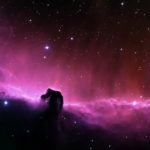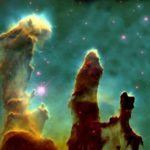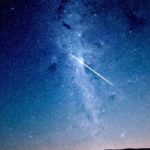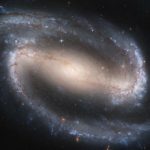This is our favorite recipe for poblano and onion hash browns. This is a dish you can easily improvise with and add your own flare to make it your own. Everyone we’ve made this for absolutely loves it!
What You’ll Need
- 2 medium baking potatoes, peeled and shredded
- 1/2 medium onion, diced
- 1 poblano pepper, diced
- 2 Tbsp. oil
- 1 Tbsp. chili powder, or to taste
- Salt and pepper, to taste
Preparation and Cooking
- Soak the shredded potatoes in cold water for about 30 minutes. Drain and pat dry with paper towels, removing as much moisture as possible.
- In a large bowl, combine the shredded potatoes, onion, and poblano pepper and stir.
- Place a large, heavy skillet over medium-high heat and add the oil. Once hot, add the potato mixture, sprinkle with half the chili powder and cook until the bottom begins to brown (about 5 to 7 minutes).
- Flip over, or stir, the hash browns. Add the remaining chili powder and cook for an additional 5 to 7 minutes. Once desired crispiness is achieved, season with salt and pepper, if desired, and serve.









